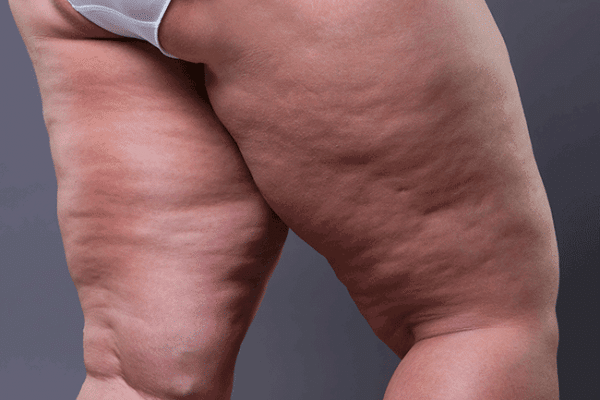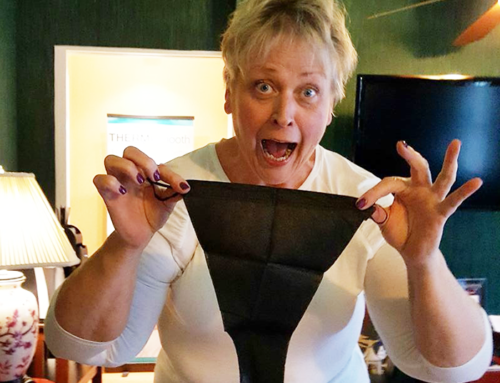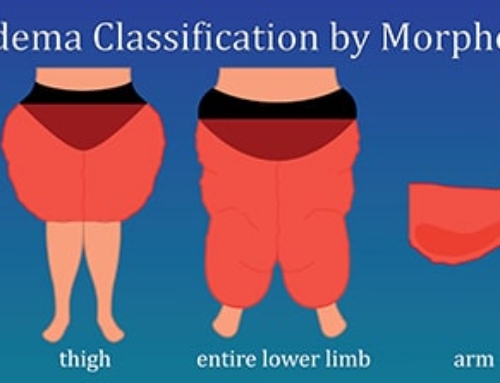
There is a connection, but Cellulite is not Lipedema. Cellulite can be a sign that you have Lipedema. While 90% of women say they have Cellulite, only 10-11% of women have Lipedema. The dimpled, lumpy appearance on the skin (especially thighs and buttocks) is typical of cellulite, which is caused by fat deposits pushing through the connective tissue beneath the surface of the skin. Cellulite can appear regardless of whether or not you have spare fat on your body.
Lipedema is a disorder that is characterized by enlarged legs, hips or buttocks and is generally symmetrical in appearance. Lipedema refers to fat deposits underneath the skin’s surface (as is Cellulite) but the difference is that the legs, arms, buttocks and hips are disproportionate to the torso and usually accompanied by pain and bruising. Cellulite only refers to the lumpy texture of the skin, not a medical condition, and can be a symptom of Lipedema.
Cellulite occurs in the young and aging population and can be treated with a laser treatment called Cellulaze. This new technology goes beyond traditional treatments for cellulite, straight to the root of the problem, to reduce the appearance of cellulite. Cellulaze can be used in combination with lipedema surgery.
Lipedema is a medical condition that requires a broader treatment approach, including dietary changes, exercise, supplements and possible liposuction that is specialized for the safe extraction of lipedema fat cells while protecting the lymphatic and vascular systems.
According to Dr. Marcia Byrd, cellulite often occurs in conjunction with Lipedema, but the reverse is not necessarily true.






